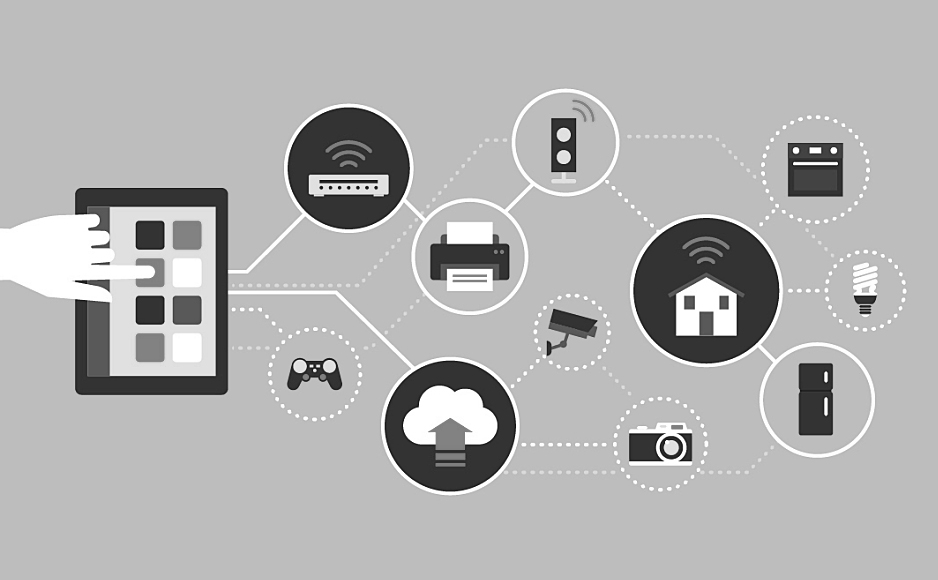Network Security
Network security consists of protecting the usability and reliability of network and data. A network penetration test is conducted to assess the vulnerabilities in a system and other security issues which occur in servers, hosts, devices and network services. Hubs, routers, switches and other network devices should be physically secured from unauthorized access. It is easy to forget that just because a device doesn’t have a monitor on which user can see data; this does not mean the data can’t be captured or destroyed at that access point.

Network Security
Basics of Networks.
Broadly speaking a computer network is a set of communications channels that interconnects computing devices and enables them to exchange data electronically. In the simplest form of a network a single client is connected to a single server where a client is a computing device such as desktop PC, Laptop or a cell phone, which uses or consumes resources that are made available over a network. While a server is a computing device that provides resources or services to other devices over a network. The true power of computer networks emerges when many computing devices are able to communicate with each other. And for this reason networks are typically characterized by many different clients being connected to many different servers. When discussing computer security in the context of networks; several other terms besides client and server are commonly used to describe different parts of a network.
Network Terminology:
Node: A node which refers to a single conceptual computing device that is connected to the network. This could be a Desktop, Laptop, Mobile device etc.
Host: This term refers to the actual physical computing device which resides at a node.
A node is therefore more of a logical concept while a host is more of a physical concept. It is important to note that computers are not the only possible hosts. Other physical devices that are connected to the network such as routers and so forth are also considered to be hosts.
Link: the term link refers to a connection between two hosts. As with the term node; the term link is more of a logical abstract concept since in reality there are many different methods and communications media through which two hosts might be interconnected. Such as physical cable, wireless or Bluetooth connection etc.
Network Advantages: Networks have become increasingly popular over the past several decades because they afford many advantages.
– Resource Sharing: allows common resources such as shared printers to be used efficiently.
– Distribution of workload: a computational workload to be distributed across multiple machines.
– Increased Reliability: a well-designed network can provide redundancy for many network resources.
– Expandability and Scalability: networks provide for easy expandability and scalability as its computational workload increases an organization can often simply add additional nodes to the network in order to handle the increased demand for computational resources.



